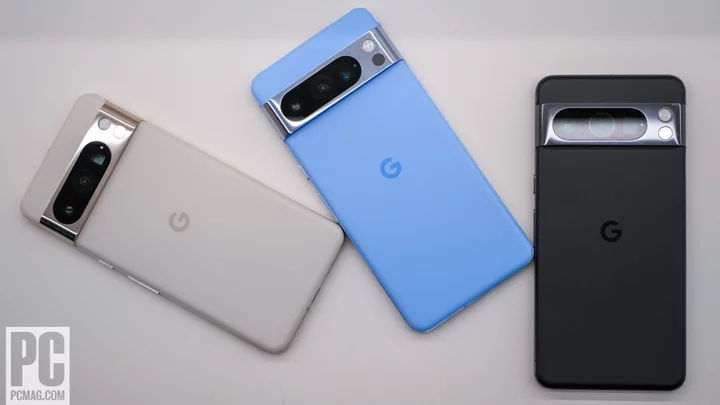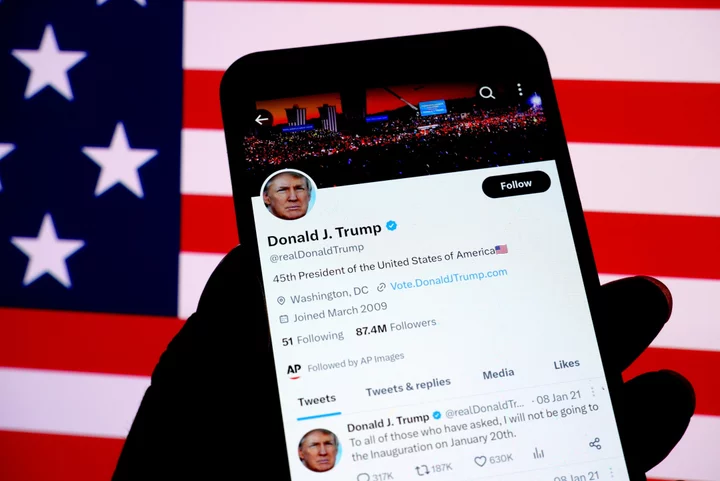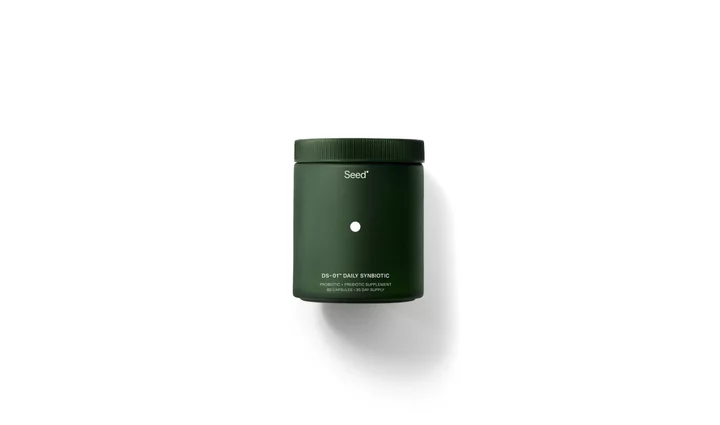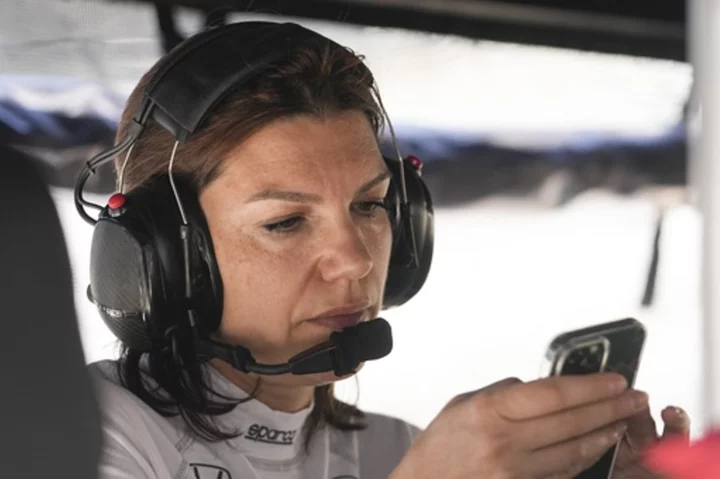Whether you're looking for a big or small phone, entry-level or top-of-the-line, Android offers options for everyone. And unlike Apple's rigid release cycle, Google's hardware partners unleash an endless stream of new devices year-round. And therein lies the problem: With so many options, how do you settle on the right one? Lucky for you, we test and review nearly every smartphone available from all the major US carriers.
Read on for what to look for, as well as our top picks for Android phones.
When Is the Best Time to Buy a New Android Phone?
The Android release cycle is perpetual, and a new set of flagship phones arrives practically every month. For instance, we saw updated Samsung Galaxy S hardware in February, new Motorola folding phones in June, fresh Galaxy Z hardware in July, and the upgraded Google Pixel 8 and 8 Pro in October.
Our point is that there's almost always a new Android phone available, and there is no bad time to buy.
The Best 5G Android Phones
Support for 5G has now become standard on any phone that costs more than $200. Devices below that threshold might not work on every band, but don't worry too much; 4G networks are robust, still offer excellent performance, and will continue to do so for years.
(Credit: Eric Zeman)Speaking of bands, if you want the best network speeds in the US, look for a phone with C-band (band n77). On AT&T, T-Mobile, and Verizon, C-band 5G offers several times the speed of 4G. The number of phones with C-band support is growing quickly, but you should confirm that the particular phone you're considering supports it. We detail whether a phone supports C-band in each of our reviews to make the process easier.
For more, check out our favorite 5G handsets.
What Is the Best Cheap Android Phone?
This list has phones that cost anywhere from below $200 to nearly $2,000. On the low end, Motorola, OnePlus, and Samsung models tend to be excellent values for the money. Carrier-branded phones that don't mention the name of the manufacturer often aren't very good and you should avoid them.
Most of the phones available in the US cost $600 or more because most people buy them on monthly payment plans that hide the cost over 24 to 36 months. But there's also a thriving market, mostly in the prepaid space, of phones that cost $300 or less. Take a look at lower-end OnePlus phones or models from Motorola and Samsung at prepaid carriers for decent quality at a low price.
For more, see our stories on the best cheap phones, the best cheap phone plans, and our top tips to get the best price on a cell phone.
What Size Android Phone Is Right for You?
There's been a dramatic shift in Android phone shapes and sizes over the last few years. Many manufacturers have started to make their phones taller and narrower, resulting in one-hand-friendly models with improbably large screen sizes.
Left to right: Samsung Galaxy S23 Ultra, Galaxy S23+, Galaxy S23 (Credit: Eric Zeman)You can find Android phones with stated screen sizes from 3 inches (the Unihertz Jelly 2E) to over 7 inches (the Samsung Galaxy Z Fold 5). With the new designs, though, it's important to look at the width of the phone A tall, narrow phone can be much easier to handle than something wider, but it's also a less common aspect ratio for apps to use.
In the end, don’t discount the value of handling several options in person at your local wireless shop. And check out our roundup of small phones for your best compact options.
Which Is the Best Android Version?
Generally speaking, the newest version of Android is the best version of Android. Android 14 is the most recent version of Google’s mobile platform at the time of this writing. Many phones on store shelves still don't have access to Android 13, though.
Whatever you do, don't buy a phone that comes with anything below Android 12; the older the Android software version, the more likely it is to have security flaws. Also, check how many rounds of full operating system upgrades and security patches the manufacturer promises. Google is now offering seven years of software updates for the Pixel 8 and 8 Pro, though Samsung is also excellent in this regard. Other competing phone makers are still catching up.
Google Pixel 7a (Credit: Eric Zeman)Last, remember that not all Android versions are the same. If you want a pure Google experience, opt for a Pixel device—they're the models that Google upgrades first. Motorola and Nokia offer a mostly clean Android interface, though the companies lag on long-term software support. Samsung, OnePlus, TCL, and other phone makers ship their phones with skins that change the look and functionality of Android to some degree.
What About Oppo, Vivo, and Xiaomi?
We don't cover three of the world's five biggest smartphone makers (Oppo, Vivo, and Xiaomi) because they don't sell phones in the US (at least, via carriers) and we primarily serve US consumers. In the cases of Oppo and Vivo, it's because they've ceded the US market to their sibling brand OnePlus (Oppo and OnePlus have now essentially merged). Xiaomi has said several times that its business model, which relies heavily on advertising revenue and subscription services baked into its phones, won't work in the US. Huawei, once near the top of the list, has been battered by sanctions that prohibit the company from using US components or software in its smartphones. The same is mostly true for ZTE, once a mainstay of US prepaid carriers. Honor, a former subsidiary of Huawei, is now making a more global push, particularly in Europe, but has yet to commit to selling phones in the US.
Oppo Find N2 Flip (Credit: Eric Zeman)We do not recommend importing foreign phones for use in the US because they often perform poorly on US carrier networks. When we tested the Oppo Find X5 Pro, for example, we couldn't get it to connect to T-Mobile's 5G system, even though it theoretically should have worked.
Is It Better to Buy an Android Phone Unlocked or Through a Carrier?
Carrier-sold phones still dominate the US market, but buying your phone direct and unlocked gives you more freedom to switch carriers. Unlocked phones don't feature carrier bloatware and are something you buy upfront, so you don't have to worry about monthly payments.
(Credit: Eric Zeman)You can buy every phone on this list directly without any carrier involvement. But most people still buy their phones through carriers, which offer a single point for service and support and monthly payment plans that dramatically lower the upfront price. Many even offer increased trade-in values on phones, further cutting the price.
You should also make sure your carrier (especially if you're using an MVNO) supports a phone fully before buying it. Although you can always hop between MVNOs without penalty, if you're happy with your current carrier, it's best to make sure the phone you buy works on that network.
With all that in mind, choosing Android as your mobile operating system is only half the battle; you still need to pick the right phone. If you're still on the fence, check out our list of the best phones, regardless of OS.
Dave LeClair and Sascha Segan contributed to this story.









